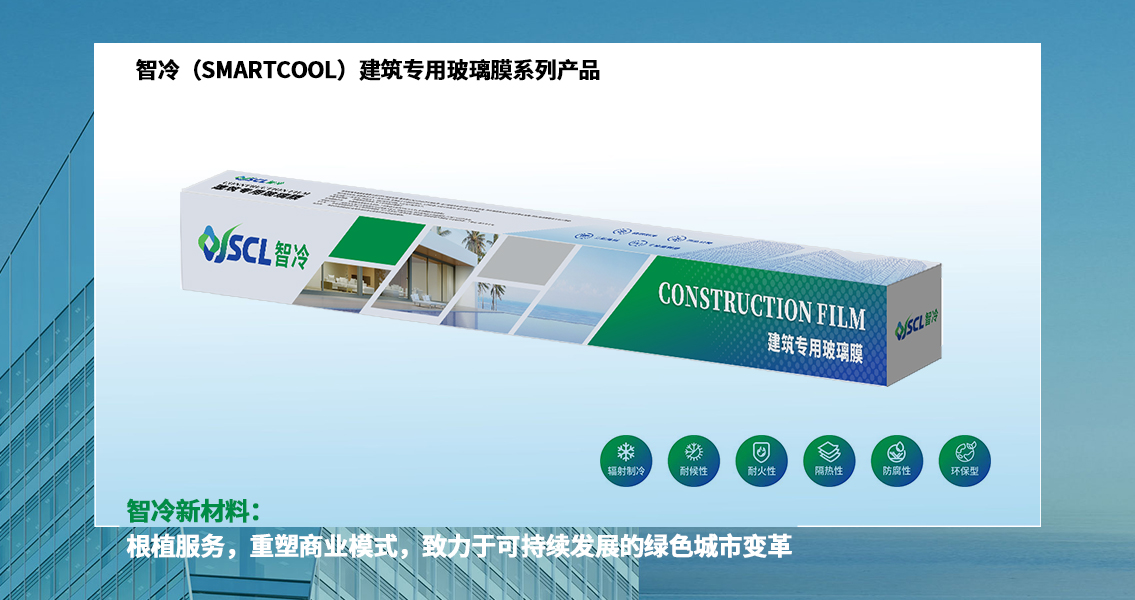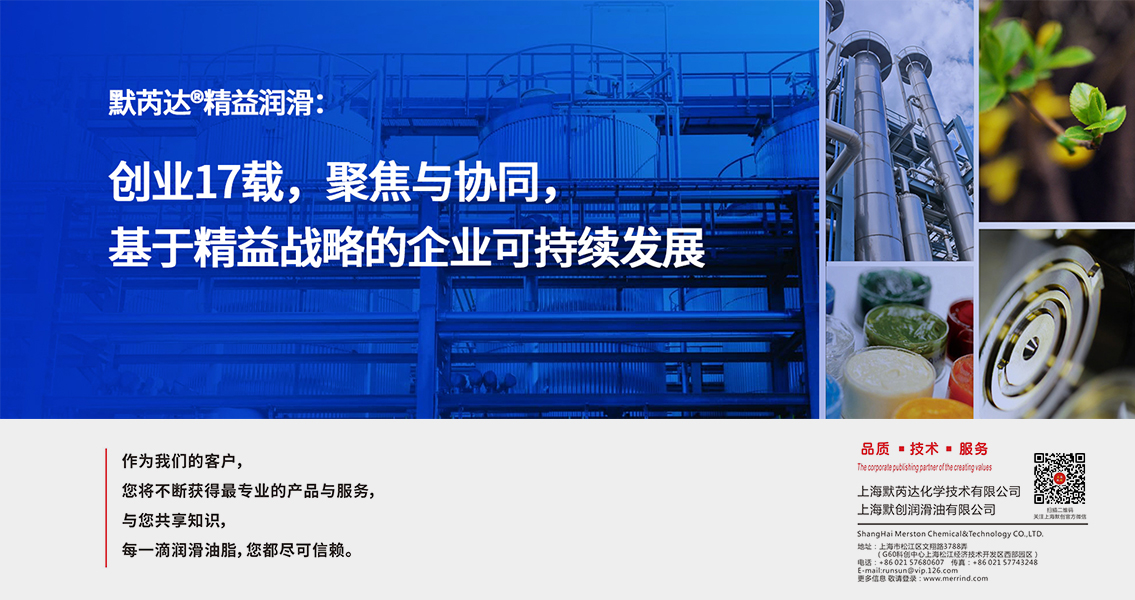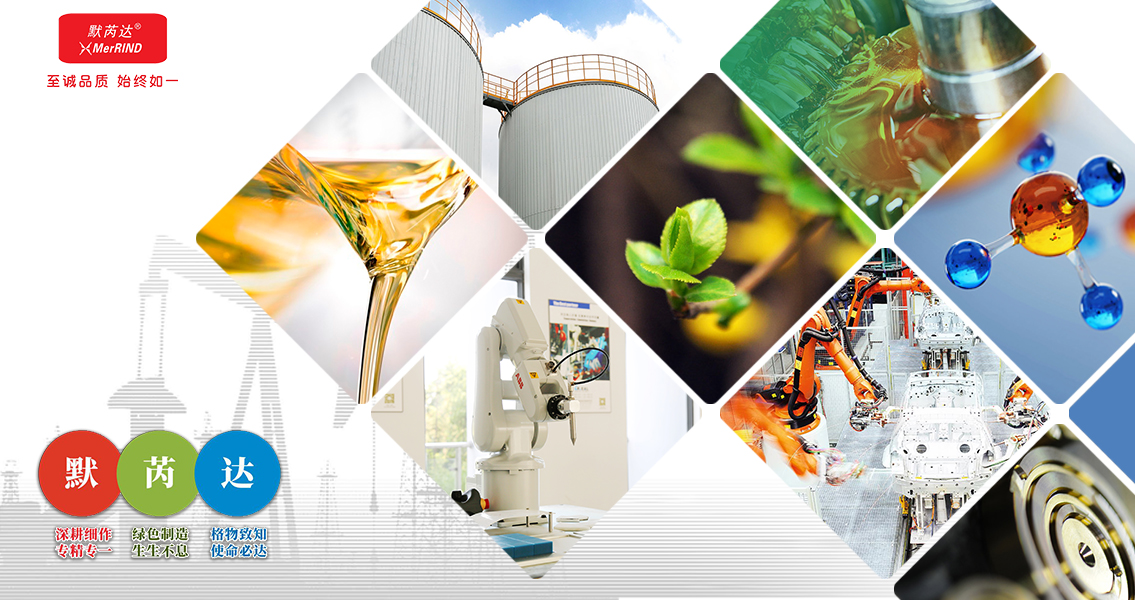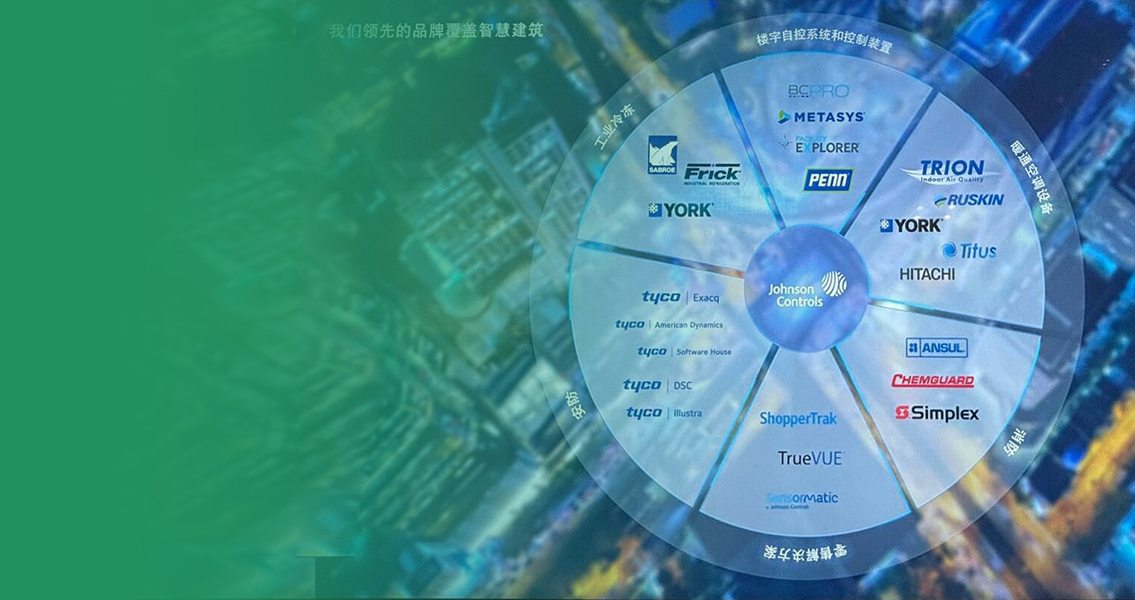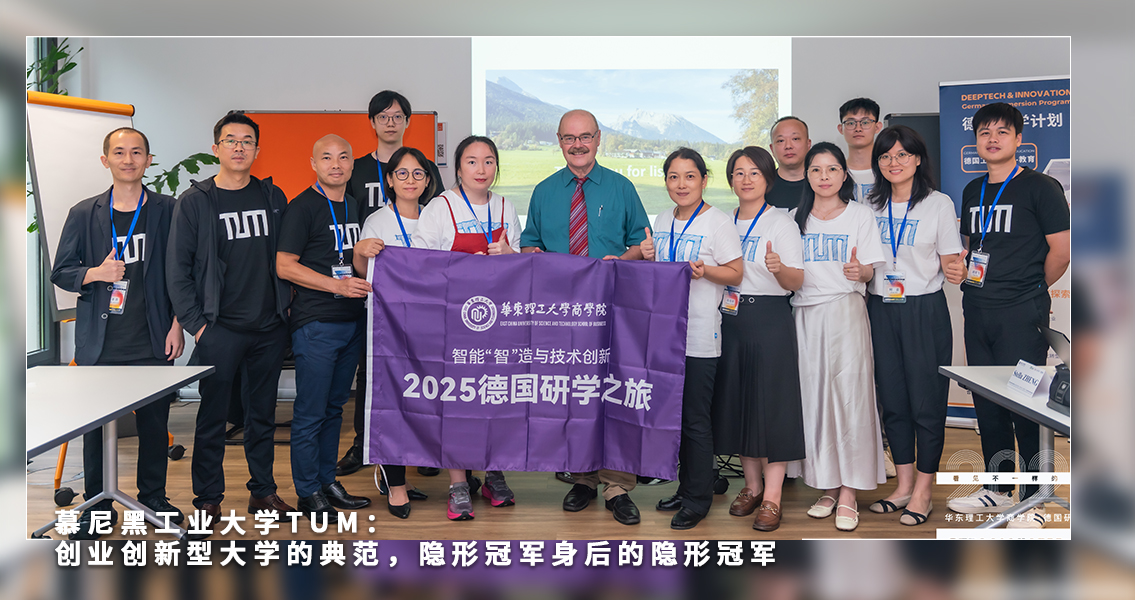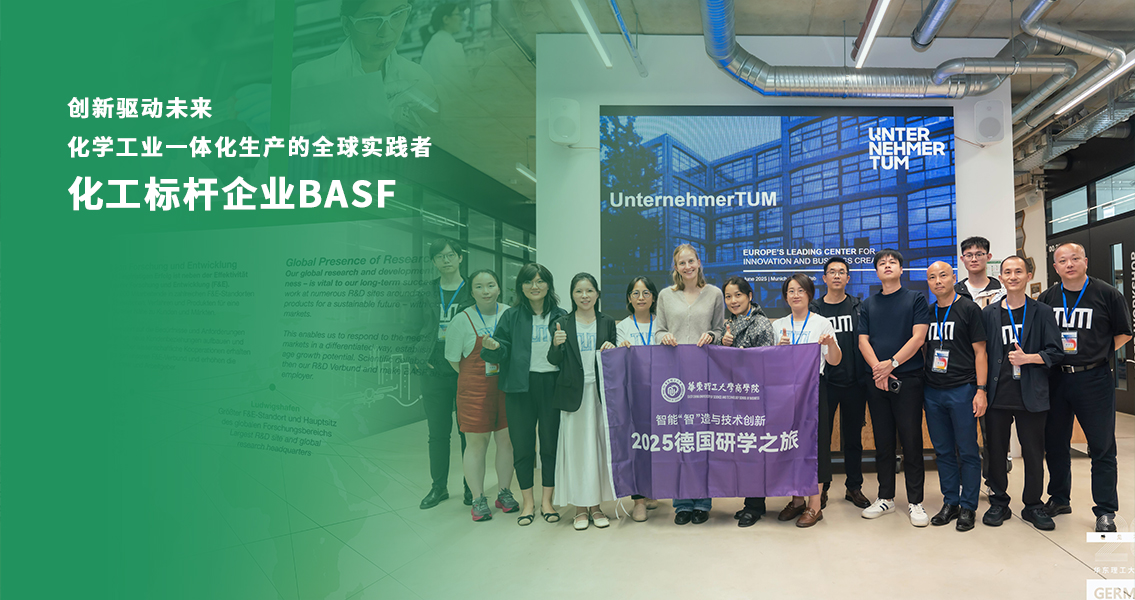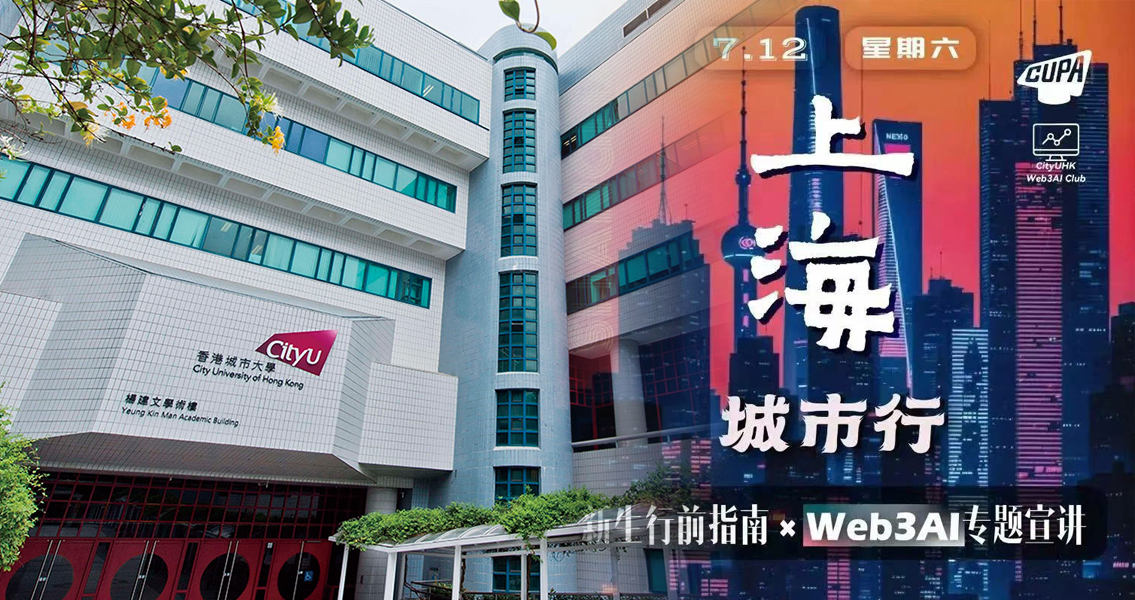Currently, the challenge of global climate change is intensifying, and green and low-carbon transformation has become the only way for human sustainable development. As the world's largest developing country, China has always fulfilled its "dual carbon" goals with a high sense of responsibility, guided by the "dual carbon" strategy, and promoted sustainable economic and social development and comprehensive green transformation. Sustainable development is proposed by human beings based on the summary of experience and lessons learned in the face of the increasing destruction of the Earth, which is essential for survival. It is a reflection on production and living activities, as well as an understanding of current and future concerns. What is sustainable development? In English development that meets the needs of the present without compromising the ability of future generations to meet their own needs ( Development that meets the needs of contemporary people without compromising the ability of future generations to meet their own needs. Sustainable development does not refer to a specific country, region, industry, unit, or product. The harmonious coexistence between humans and nature is a prerequisite for sustainable development, and only development under this premise is sustainable. In order to achieve sustainable development, the main challenges at present include global climate change, loss of biodiversity, stratospheric ozone depletion, water scarcity and degradation, and deposition of acidic substances.
The Intergovernmental Panel on Climate Change (IPCC) of the United Nations has released the AR6 Synthesis Report: Climate Change 2023 in Interlaken, Switzerland. The report clearly states that 'there is no doubt that human influence is the fundamental cause of warming in the atmosphere, oceans, and land'. Environmental issues have become a significant opportunity and challenge that must be faced in global business activities. At present, from the perspective of business operations, enterprises mainly enhance their sustainable development capabilities through the following aspects: 1. Enterprises adopt a new design concept, treating the entire industrial system as a whole rather than dispersed components. The core of this approach is "industry symbiosis" or "circular economy", where one enterprise's waste becomes another enterprise's raw material. Like the Kalundborg Symbiosis System in Denmark, which is the most classic industrial symbiosis case in the world. It is not a single enterprise, but an ecosystem composed of multiple enterprises (including Asnes Power Plant, Novo Nordisk Pharmaceutical Company, Staytoil Refinery, Jeeprock Gypsum Board Plant, etc.). In this system, the waste heat generated by power plants is supplied to fish farms and citizens for heating, the exhaust gas from oil refineries becomes raw material for gypsum board factories, and the waste from pharmaceutical companies is used to produce organic fertilizers. It perfectly embodies the design concept of "treating the entire industrial system as a whole", achieving the maximization of resource utilization and the minimization of waste emissions. This model reduces water consumption by 25% annually, saves 45000 tons of oil, and reduces carbon dioxide emissions by 175000 tons. 2. The core of using advanced innovative technology to improve the productivity of natural resources is "resource efficiency", which creates more value with less resources through technological innovation. Like Tesla, its core mission is to accelerate the world's transition to sustainable energy. It greatly improves the utilization efficiency of electricity (replacing fossil fuels) through advanced battery technology, motor efficiency, and energy management software. At the same time, its super factory is constantly optimizing its production process, committed to reducing the consumption of water and mineral resources in the production process of each vehicle. In addition, its solar roofs and energy storage products are also aimed at improving the productivity of the entire social energy system. 3. Develop the production pattern towards a biological chain direction. This model implements a "closed loop" production process to avoid waste and pollution; Develop the production mode towards a biological chain direction and implement a "closed loop" production process. The core of this approach is' cradle to cradle ', imitating the biological cycle of nature, allowing product materials to safely return to nature or be recycled. Interface, a globally leading carpet module manufacturer, is a pioneer in the circular economy. They have launched the "Carpet-as-a-Service" model, no longer selling carpets, but providing carpet rental, maintenance, and recycling services. After the old carpet is recycled, it is used to manufacture brand new carpets, achieving a closed-loop material cycle. Interface not only reduces raw material costs, but also expands opportunities for interaction with customers. They are also committed to using bio based materials (such as fibers extracted from corn) to make their products more "bio chain" specific. More than half of the company's materials come from recycling channels or Bio Based materials. 4. Transforming traditional business models and utilizing lean manufacturing and management to promote sustainable development of enterprises. The core of this approach is "eliminating waste", and lean thinking is highly compatible with sustainable development in "reducing waste", including waste of time, materials, and energy. As a benchmark enterprise in the automotive industry, Toyota is the pioneer of Lean Production (TPS). The core of its two pillars of "punctuality" and "automation" is to eliminate all unnecessary waste in the production process. This includes not only excess inventory and unnecessary actions, but also energy waste and emissions. Through continuous improvement, Toyota has always been the industry benchmark in reducing energy consumption, minimizing wastewater and exhaust emissions, and improving material utilization. Lean management is the underlying methodology for achieving sustainable operations. In addition, DBS (Danaher Business System), also known as the "first lean management system in the Western world", originated from learning and imitating Toyota's production system in the manufacturing field, and has evolved into a comprehensive management method that promotes customer satisfaction and revenue growth through innovation and continuous improvement in various business aspects. 5. Reinvest in natural resources to restore, maintain, and expand the vitality of our planet. The core of this approach is "net positive impact" or "renewability", and the goal of the enterprise is not only to reduce harm, but also to actively make the environment better. Founded in 1973, Patagonia clothing brand is renowned for its environmental friendliness and high-quality outdoor products. This outdoor clothing company is a model of regenerative commerce. Patagonia demonstrates its role as a pioneer in reinvesting in natural resources through a series of concrete actions in its business activities. Donation: Promise to donate 1% of annual sales to environmental organizations (the initiator of "1% for the Planet"). Material innovation: The extensive use of organic cotton, recycled polyester fibers and other materials reduces the exploitation of primary resources. Restoration: Directly funding and supporting projects such as soil regeneration and land conservation. Advocate frugality: Encourage consumers to repair and reuse their products, fundamentally challenging the pattern of overconsumption and reducing the burden on the earth. In the foreseeable future, the demand for sustainable development from knowledgeable individuals in the business community and the general public will become increasingly strong. Enterprises must possess this forward-looking thinking to prepare for stricter environmental measures in future society, enhance their resilience, and take practical actions to address the substantial harm caused by global warming.
In the past 20 years, with the improvement of global urbanization, the vigorous development of new technologies such as electrification, automation, and Internet artificial intelligence (AI) has driven the "explosive growth" of data centers, and people's demand and consumption of energy are also increasing. Fossil energy (petroleum, coal, natural gas, etc.) accounts for 85% of the total energy consumption. The massive use of fossil energy has led to a sharp increase in greenhouse gases (CO2, CH4, O3), which has seriously damaged the climate balance, and led to environmental problems such as ecological pollution and resource shortage. The widespread use of refrigeration equipment such as air conditioners and refrigerators can alleviate high temperature problems, but these traditional refrigeration facilities rely on vapor compression to achieve cooling, which not only consumes electricity but also exacerbates global warming through the use of refrigerants (such as hydrofluorocarbons), thereby further causing serious harm to the environment. Therefore, solving energy consumption and environmental change are the two major challenges currently faced, and it is urgent for people to make response strategies as soon as possible and explore a green and low-carbon cooling method. According to statistics from the International Energy Agency, the construction industry accounts for 40% of global carbon dioxide emissions, with nearly 8.5% of the final electricity consumption being used for space cooling. The increasing demand for building cooling has become the fastest-growing factor in energy consumption. It is expected that by 2050, the energy consumption for building cooling will increase by 83%. The increasing demand for building cooling has become the fastest-growing factor in energy consumption. Under the severe challenge of global high temperatures, the construction industry, as a key area of energy consumption, has become an important development direction to build green buildings. The development and application of effective green building materials play a crucial role in reducing building energy consumption and greenhouse gas emissions. Especially energy-saving solutions that are easy to implement, have significant effects, and can cope with current high temperatures will become an important driving force for promoting sustainable development in the construction industry.
Literature research shows that 39% of China's total energy consumption is currently used in the building sector, with 60% of building energy consumption dedicated to space heating and cooling. If this rate of development continues, energy consumption for building cooling will increase tenfold by 2050. Therefore, reducing energy consumption for indoor temperature regulation is of great significance for alleviating environmental problems.
Technological innovation and upgrading are key factors driving the green transformation of society and enterprises. Outdoor applications such as building cooling and equipment heat dissipation have a high demand for cooling. However, traditional cooling methods such as air conditioning consume large amounts of electricity, further exacerbating greenhouse gas emissions, making it difficult to meet industry demands. How to achieve ultra-low energy cooling? Scientists are starting to focus on 'radiative cooling', a passive cooling technology that can reflect sunlight and dissipate heat into deep space without consuming any energy? In recent years, the "passive radiation refrigeration technology" has attracted sustained attention from the industry due to its green and energy-saving new materials, zero energy consumption passive radiation refrigeration, and the ability to achieve cooling without any energy input. The basic principle of passive radiative cooling technology is to reduce external heat input by reflecting or scattering solar radiation, while the object's own heat is emitted into outer space through a transparent window in the atmosphere, achieving passive cooling. Passive radiative cooling technology is a heat dissipation technology that uses spectral regulation to achieve cooling. Compared to traditional active cooling technology, this passive technology has the characteristic of not consuming additional electricity and can be applied to the exterior surfaces of various buildings or structures. Therefore, it is considered an emerging technology that can reduce carbon emissions from air conditioning cooling. Therefore, exploring passive building cooling technologies, reducing the use of air conditioning, and improving the comfort time of the human body indoors are necessary for the times. Compared with traditional cooling methods, passive radiation cooling in buildings has the advantage of reducing environmental temperature without the need for energy, which can alleviate extreme heat caused by climate change and promote the comprehensive development of zero energy consumption and low-carbon construction in buildings.
New materials are known as industrial grains and are the cornerstone of all technological and industrial transformations. Due to technological innovation and exploration of new applications, the market demand for new materials enterprises is increasing. In the future development of new materials enterprises, they should consider the connections between manufacturing and other industries, as well as the correlation between industrial value chains, to expand the market and application scope of new materials, empower the development and application of new materials with AI, design on demand, cross-border integration, and create green and sustainable business development models based on common values. As a practitioner of sustainable development, Jiangsu SmartCool Engineering Co., Ltd. combines sustainable development strategy with innovation and technology, gathers users, and creates value for customers through innovative business service models.
Jiangsu SmartCool Engineering Co., Ltd. is dedicated to the development and innovative application of energy-saving new materials for passive radiation refrigeration technology. Adhering to the concept of sustainable development and combining cutting-edge green technology products, it helps achieve global sustainable development and carbon neutrality goals. After long-term practice and user verification, we have successfully launched the "Smart Cooling" brand green energy-saving new material based on innovative radiation cooling technology. Relying on innovative technology and business model innovation, we provide customers with one-stop management services based on T-ZELCA Product as Service lifecycle. By establishing a strong collaborative service system, partners can share resources, knowledge engineering, and new technologies together, promote the effective utilization of new quality resources, and assist industry partners in low-carbon and green transformation. For example, we have collaborated with Nantong Fanhua Construction Group in the field of construction to explore the commercial application and expansion of electric refrigeration technology and products. This cooperation has an industrial synergy amplification effect. Jiangsu Chuangleng Technology Engineering is based on the T-ZELCA business development model, while Nantong Fanhua Construction, as a regional construction enterprise with more than 20 years of experience in municipal engineering and construction engineering, has rich industry experience and directly provides a large number of application scenarios and engineering and data capabilities for Jiangsu Chuangleng Technology's zero energy refrigeration "smart cooling" brand coatings and films. For example, in terms of the application of building exterior wall/roof coatings, the "Smart Cooling" brand cooling and heat dissipation coatings are used in commercial/residential projects in Nantong and the Yangtze River Delta region. Through the integration of intelligent temperature control systems, the air conditioning load can be effectively reduced, which can save energy, increase efficiency, and reduce carbon emissions for building users. In urban renewal and energy-saving renovation of old buildings, innovative passive radiation cooling technology can be quickly deployed and implemented in engineering, reducing interference with the original structure of the building itself. In terms of municipal and public facility applications, it can provide heat dissipation and cooling solutions for public facilities in high-temperature environments, improving the comfort of citizens' travel and cultural tourism life. It can also help urban 5G base stations, power substations, energy storage cabinets and other equipment dissipate heat, control temperature and reduce consumption, ensuring smooth operation of equipment. In terms of hotel ESG, it can effectively reduce enterprise energy consumption, enhance the green governance capability of the hotel industry, and achieve sustainable development of enterprises. At present, the cooperation between the two parties has expanded to low-carbon and energy-saving solutions based on the T-ZELCA service model, actively exploring green development paths suitable for their own regional economies, relying on innovative technology and resource capabilities to invest in and practice green technology, contributing high-tech products and services, as well as high knowledge low-carbon governance solutions, promoting regional environmental protection, and assisting regional economic green and low-carbon transformation and upgrading.

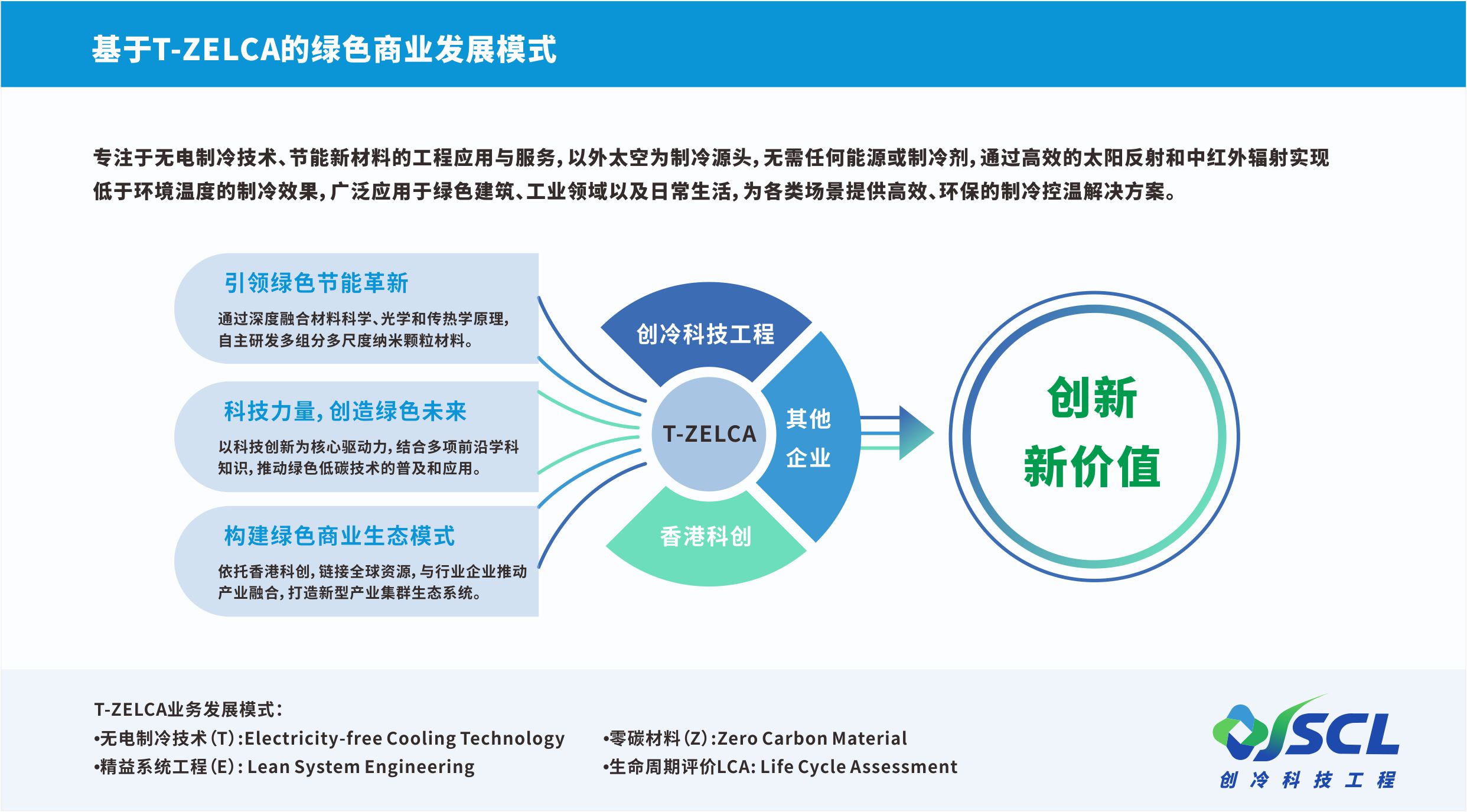

 LANGUAGE
LANGUAGE


